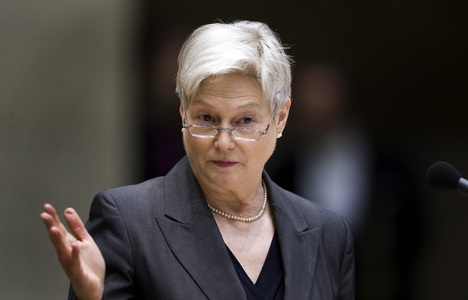Asian economies must start with reforms, the International Energy Agency (IEA) has said, in order to see an expansion in the supply of liquefied natural gas (LNG). Asian markets are among the most prospective customers for the increased supply in LNG mostly triggered by the discovery of new reserves in the United States and the subsequent relaxation of Washington’s ban on gas and oil exports. Asia is in need of more gas in order to meet its quickly growing demand. The IEA report suggests though that Asia will have to tackle numerous challenges if it wants to get most out of LNG from abroad. The report clarifies that limited flexibility and pricing issues could be among the main obstacles to be overcome if Asia wants to achieve a more efficient energy market.
IEA has already stressed the importance of transparency and efficiency in the Asian market, where gas prices are four times higher (five times higher in winter) than those in the United States or Canada. This problem is however getting more and more serious as the region’s demand rises and as the LNG industry becomes more globalized. Between now and 2020, the world is expecting to see about 150 billion cubic metres (bcm) in new LNG supplies, but Asia’s gas demand is projected to go up by about 250 billion bcm in the same period.
According to IEA’s Executive Director, Maria van der Hoeven, “the advent of new LNG supplies represents a golden opportunity for Asia, but first the region’s governments must address the rigid and illiquid markets that undermine affordability and accessibility for consumers.” High prices have become unsustainable for Asian consumers, while those Asian economies, which still have regulated low end-user prices, can face even harsher problems. However, the process of deregulation and lowering costs for LNG will be neither fast nor simple because the LNG supply chain is both capital- and energy-intensive.




